Why Solar Energy Has Become an Intelligent Investment
At the start of July, a New Zealand company SiteHost had installed solar to help power its data centre. The move came amid a power market in which businesses face extra high costs because of outages at several gas fields since late last year, dry weather, and low hydro lake levels.
One report showed that the power bill for a New Zealand supermarket giant leapt by 70%, with other businesses facing 40 and 50% increases as they negotiated fixed contracts. Meanwhile, the co-founder of SiteHost said that he was hopeful that the new solar installation would provide double-digit percentage savings on their power bills.
Such a climate of high business power is not unique to New Zealand. Still, it’s another decisive step toward the much-anticipated “tipping point” – when the economics of solar power becomes favourable and too hard to ignore.
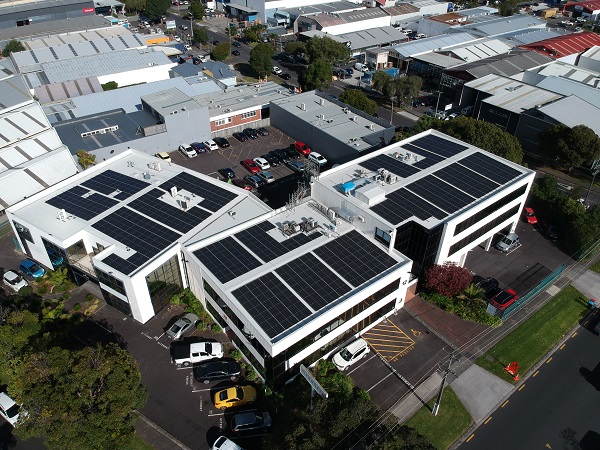
Image source: Trilect Solar / SiteHost rooftop installation
The Economics of Solar Have Changed
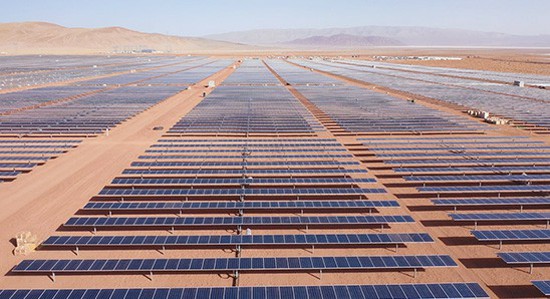 |
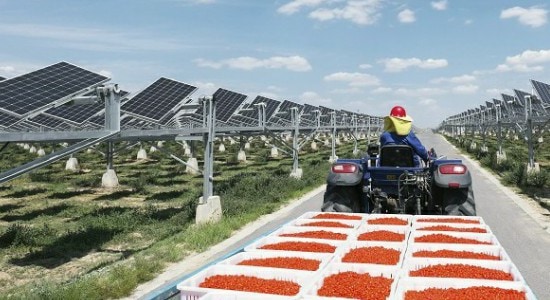 |
Huawei’s smart solar solutions automatically track the sun in Ningxia, China to revitalize a desert landscape & the local economy through a huge goji berry farm
Traditionally, coal and natural gas have provided the cheapest forms of new power generation, but this is changing. One of the most important formulas to compare and assess different forms of energy production is called the Levelised Cost of Electricity (LCOE).
Economists and analysts can calculate LCOE by taking the total cost of building and operations of power generating assets and dividing it by the total electricity produced over a given asset’s assumed lifetime. LCOE determines whether a proposed energy generation project will break even or be profitable. If not, it’s improbable that companies or governments will build the power plant, and will instead look for an alternative.
According to IRENA, the global authority on renewable energy, the economics have swung firmly in favour of renewables. In a recent report, IRENA has found the LCOE of new utility-scale solar photovoltaics (PV) projects have fallen by 85% between 2010 and 2020 as a result of advances in technology, economies of scale and more competition in supply chains. Its report also showed that the dropping cost of renewables is now undercutting new and some existing coal plants.
Demand To Surge as Electrification Gathers Momentum
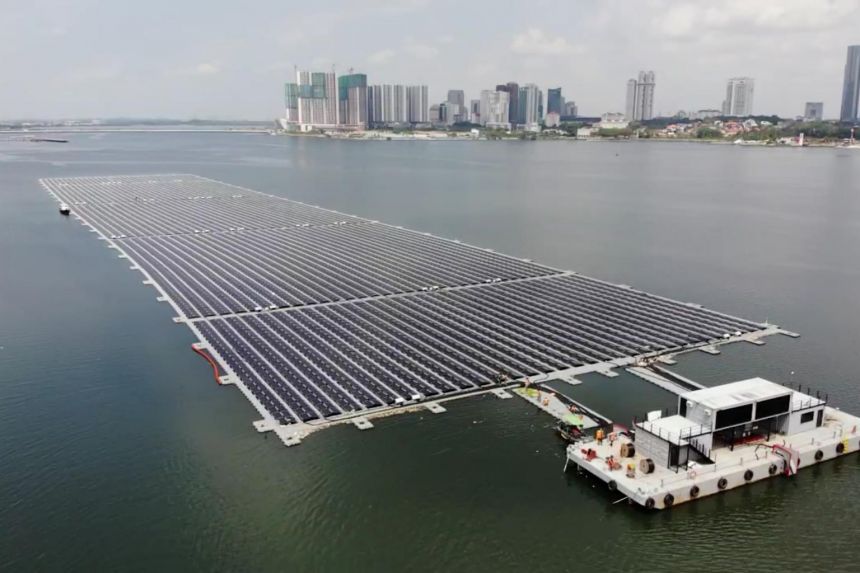
Image source: SUNSEAP GROUP / Floating solar farm: Singapore. Read more about Huawei smart inverters deployed in Singapore: Floating Solar Farms: The Future of Renewables for Land-scarce Countries?
Transitioning to a lower-carbon future will require widespread electrification across all sectors. The need for businesses and residential users to generate energy will become more critical as electricity use starts to surge.
In New Zealand, the Government has introduced a number of incentives to accelerate electrification. This includes bringing in more EVs, increasing the use of heat pumps, and looking at phasing out new gas connections from homes. When quantified, these initiatives will have a significant impact on our electricity demands.
Transpower New Zealand, a state-owned enterprise responsible for electric power transmission, estimates that electricity demand will rise from 42 TWh in 2020 to 70 TWh by 2050. According to Transpower, the 68% increase is due to population growth and the rising electrification of heat and transport – with over half of the rising electricity demand coming by vehicle electrification.
On one hand, the change of pace in electrification is welcome news for carbon reduction, as transport alone accounts for nearly 20% of emissions in New Zealand. On the other, supporting the electricity demand will raise investment questions.
Solar Innovation Expands to Homes and Businesses
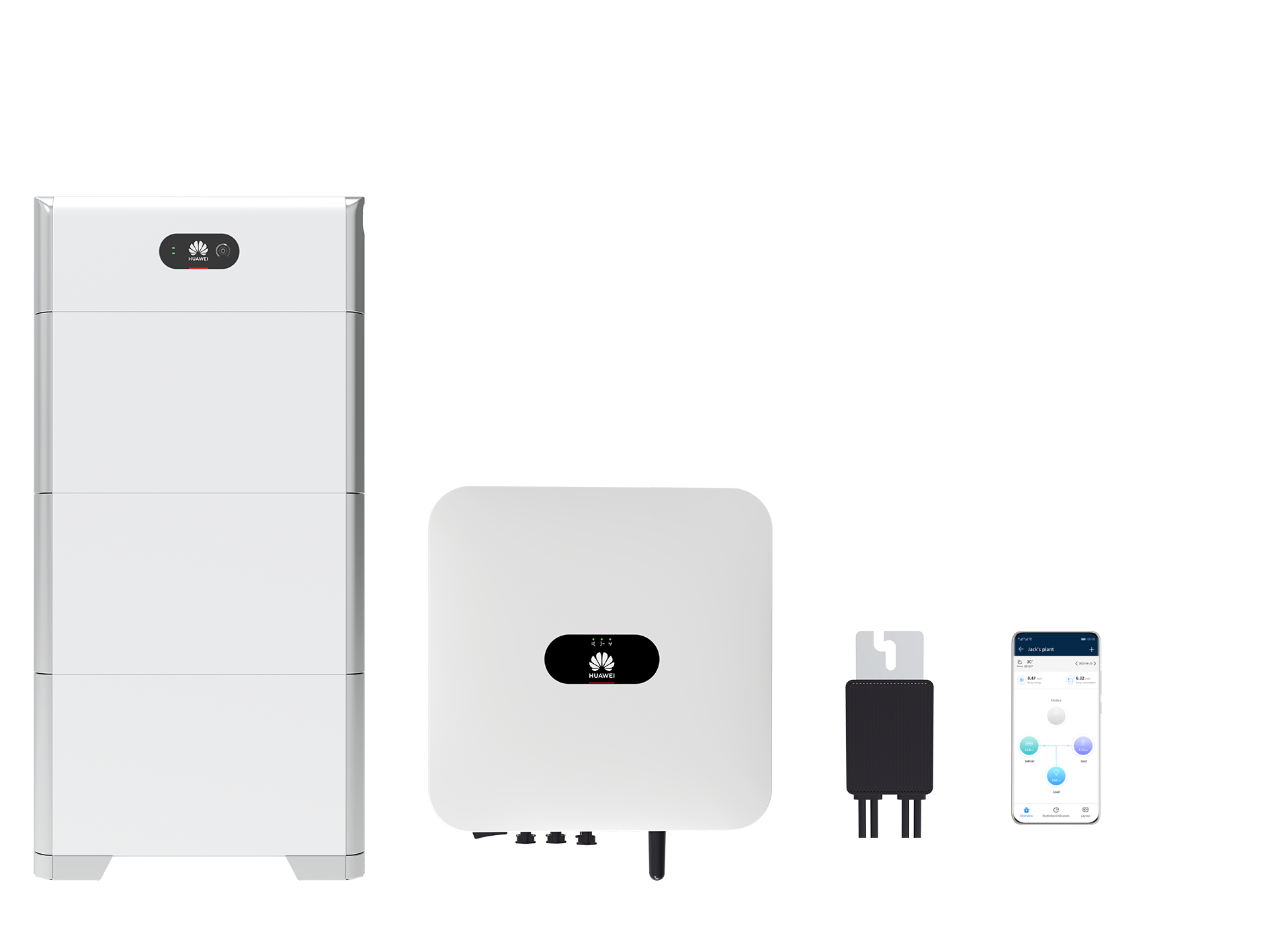
Innovation is set to transform the PV industry from an auxiliary energy sector to a significant energy source across the globe. As solar technology continues to improve, it could be possible that future PV plants will be completely unattended – further lowering LCOE. But it’s not just grid operators that are set to profit, ongoing investment in solar innovation has also brought a number of benefits to business owners and the general public.
For example, Huawei’s continuous innovation in this sector has allowed us to establish a broad PV portfolio that extends across solar farms, microgrids, and commercial and residential scenarios. Huawei’s intelligent solar solutions are currently helping systems maximise power output while reducing operational and maintenance costs in over 60 countries.
When it comes to maximising output, pairing individual solar panels with Huawei optimisers can increase the energy yield of the entire solar array. The energy output of solar panels is dependent on several factors. For example shading on just one panel will impact the performance of the entire array. Optimisers optimise the electrical current from every solar panel in the array by allowing them to perform individually. This means that shading on one panel won’t impact the production from others and results in more energy output – as much as 30% – from the whole system.
Additionally, Huawei’s smart inverters work with optimisers to help pinpoint issues with the solar panels. This is a big deal because it can save up to 95% of onsite troubleshooting time, drastically reducing operation and maintenance expenses.
Because the system can quickly detect issues with the solar array, it creates less power loss for residential and commercial users.
Solar is Key to Future-proofing Energy Security

As we intensify electrification across all levels of society, energy security that delivers uninterrupted availability of energy sources at an affordable price point will become a hot topic.
Low lake levels meant New Zealand’s biggest electricity generator – hydroelectricity – has produced less energy than normal. Natural gas supply has been inconsistent, so carbon-intensive coal has been increasingly used as a fuel of last resort to power homes and businesses. But the transition away from coal is imminent, since phasing out coal burning is seen as key to meeting the Paris Agreement’s commitment to curb the global average temperature rise.
New energy generation development will be increasingly renewable, yet supporting the predicted 68% energy demand increase over the next 30 years will require large scale deployments and investments. Homes and businesses can help offset increasing demands on the grid through solar energy generation, helping to ensure that they’re not blindsided with a major power bill and lower their carbon footprint in the process.
An old saying warns, “Dig a well before you’re thirsty.” And that applies to renewable energy. While solar uptake has so far been relatively low in New Zealand, companies like SiteHost show that there are definitely echoes of spades hitting the ground.
Let’s hope we hear more of them.
Read more about Huawei’s solar solutions.
By Yanek Fan, Managing Director, Huawei Technologies New Zealand
